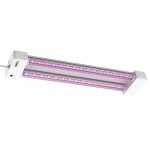Sleep Better: Discovering the Best LED Light Color for a Good Night’s Rest
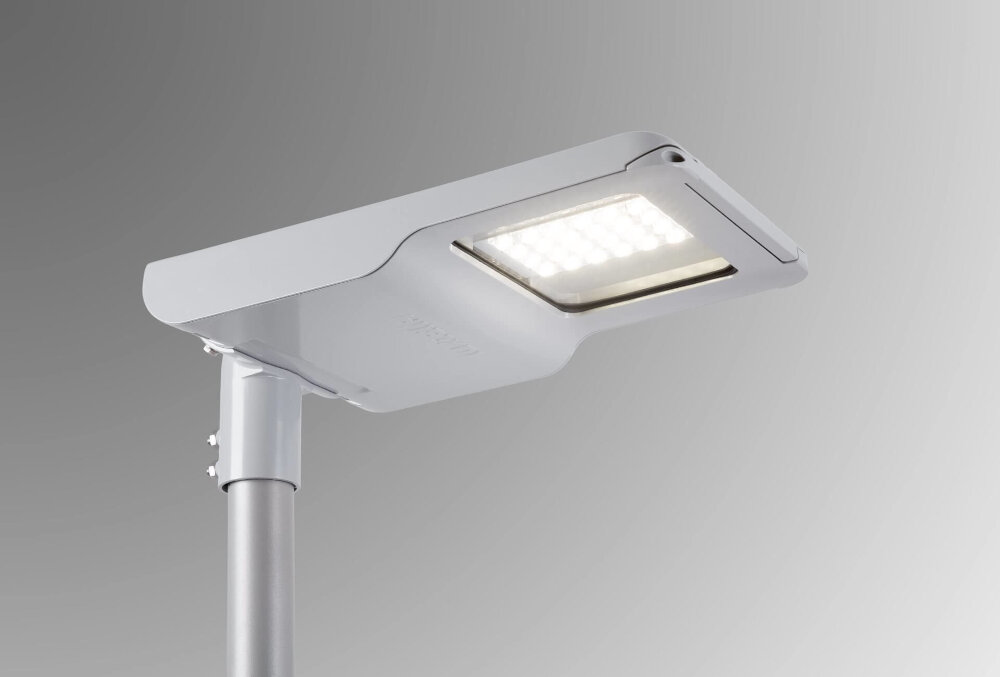
Getting a good night’s rest is essential for our well-being, yet many of us struggle with getting the recommended amount of sleep each night. While there are many factors that can impact our sleep quality, the type of light we expose ourselves to before bedtime can play a significant role. In recent years, LED lights have become increasingly popular due to their energy efficiency and versatility. However, not all LED lights are equal when it comes to promoting restful sleep. In this article, we will explore the best LED light color for a good night’s rest and how it can improve your sleep quality. The human body’s circadian rhythm, also known as the body clock, regulates our sleep-wake cycle, and is influenced by natural light. Exposure to bright blue light, such as that emitted by electronic devices, can suppress the production of the sleep hormone melatonin, making it harder to fall asleep and stay asleep. Studies have shown that exposure to warm, dim light before bedtime can promote relaxation and improve sleep quality. Therefore, finding the right LED light color can help you wind down and prepare for a restful night’s sleep. Let’s delve deeper into the science behind LED lights and their impact on our sleep patterns.
Sleep is a crucial aspect of our physical and mental well-being. It allows our bodies to recharge and repair, while also helping us consolidate memories and process emotions. However, the quality of our sleep can be impacted by a variety of factors, including the type of lighting we’re exposed to. LED lights, in particular, emit blue light that can suppress the production of melatonin – the hormone that regulates our sleep-wake cycles. This, in turn, can make it harder for us to fall asleep and stay asleep throughout the night. By choosing LED lights with warmer, more yellow tones, we can create a more sleep-friendly environment that helps us get the rest we need to function at our best.
Understanding the Science Behind LED Lights
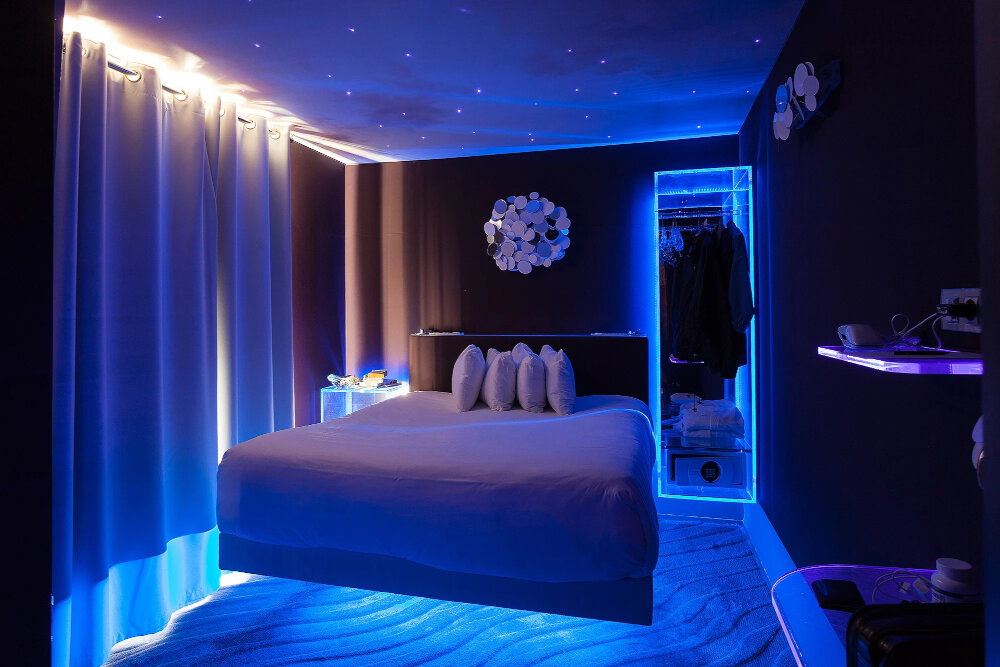
The science behind LED lights is a fascinating and complex topic that requires a basic understanding of physics and chemistry. LED lights, or light-emitting diodes, are semiconductors that emit light when an electric current passes through them. They were first invented in the 1960s and have since become a popular lighting option for their energy efficiency, long lifespan, and versatility. LEDs work by converting electrical energy into light energy through a process called electroluminescence. This process involves the movement of electrons through a semiconductor material, which releases energy in the form of photons, or light particles. The color of the light emitted by an LED depends on the type of semiconductor material used, as well as the chemical composition of the material. Different types of LEDs emit different wavelengths of light, which can be measured in nanometers (nm). This is why LED lights come in a variety of colors, from warm whites to cool blues. Understanding the science behind LED lights is important for a variety of reasons, including their impact on our health and well-being. Research has shown that the color temperature of LED lights can affect our sleep patterns, as well as our mood and productivity. Blue light, for example, has a short wavelength and can disrupt our circadian rhythms, making it harder to fall asleep at night. This is because blue light suppresses the production of melatonin, a hormone that regulates our sleep-wake cycle. On the other hand, warm white light has a longer wavelength and can promote relaxation and a sense of calm. By choosing the right color temperature for our LED lights, we can create a more comfortable and healthy environment for ourselves, especially when it comes to getting a good night’s rest.
LED lights work by emitting photons when an electric current is passed through a semiconductor material. The color of the light emitted depends on the materials used in the semiconductor. LEDs are used for sleep-related purposes because they emit a low amount of blue light, which has been shown to disrupt sleep by suppressing the production of melatonin, a hormone that regulates sleep-wake cycles. Instead, LED lights that emit warmer, reddish hues have been found to promote relaxation and sleepiness, making them ideal for use in the evening before bedtime. By using LED lights with warmer color temperatures, individuals can create a more sleep-friendly environment that supports a restful night’s sleep.
LED lights are available in a variety of colors, each with its own unique effect on the body. Blue LED lights are known to suppress the production of melatonin, a hormone that regulates sleep-wake cycles, making it harder to fall asleep. On the other hand, red LED lights have been found to promote relaxation and help regulate the body’s circadian rhythm, making them a good choice for a bedtime light source. Green LED lights have a calming effect on the body and can help reduce anxiety and stress, while yellow LED lights promote relaxation and improve mood. It’s important to choose the right LED light color for your needs to ensure a good night’s rest and overall well-being.
Choosing the Right LED Light Color for Your Sleep Needs

Choosing the right LED light color for your sleep needs can have a significant impact on the quality of your sleep. LED lights emit different colors, and each color affects our body and mind differently. Blue light, for example, has been shown to suppress the production of melatonin, the hormone that regulates our sleep-wake cycle, making it more difficult to fall asleep. On the other hand, warm colors like orange and red have a calming effect on the brain, promoting relaxation and better sleep. Therefore, it is essential to choose the right LED light color based on your sleep needs and preferences. To choose the right LED light color for your sleep needs, you should consider the type of activity you will be doing before bedtime. If you are reading or working on a computer or mobile device, it is best to avoid blue light and choose warm colors instead. You should also consider the brightness of the LED light, as bright lights can be stimulating and disrupt your sleep. Dimmer, warmer lights are ideal for creating a relaxing atmosphere that promotes better sleep. By choosing the right LED light color, you can improve your sleep quality and wake up feeling refreshed and energized.
The different colors of LED lights are known to have varying effects on sleep patterns. Blue light, for instance, is said to stimulate the brain, suppressing the production of melatonin, a hormone that regulates sleep. This makes it harder to fall asleep and stay asleep. On the other hand, red light has been found to have the opposite effect, as it promotes the production of melatonin, leading to a more restful sleep. In between these two extremes, green and yellow light are considered to be neutral colors that do not significantly affect sleep patterns. Therefore, when choosing LED lights for your bedroom, it is important to consider the color temperature and brightness of the bulbs, and to select ones that are conducive to a good night’s rest.
Choosing the right LED light color can have a significant impact on the quality of your sleep. Blue light suppresses the production of melatonin, making it harder to fall asleep and stay asleep. Warm colors such as red, orange, and yellow have been found to promote relaxation and improve sleep quality. However, it’s important to note that not all warm-colored lights are created equal. Look for lights with a color temperature of 2700K to 3000K for optimal sleep benefits. Additionally, consider investing in smart bulbs that can be programmed to gradually dim and shift to warmer colors as bedtime approaches, mimicking the natural sunset and promoting a more restful night’s sleep.
Implementing LED Lights in Your Sleep Routine
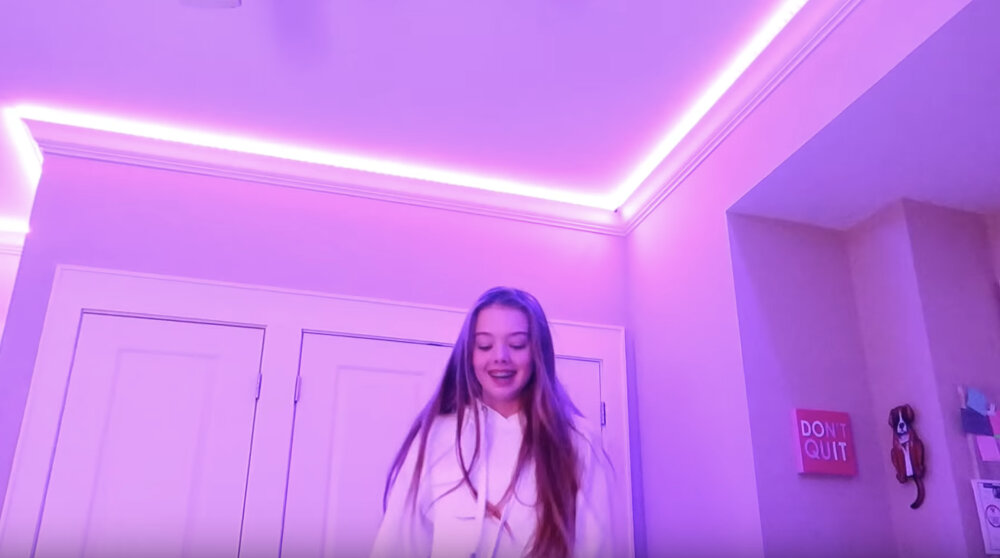
If you’re struggling with getting a good night’s sleep, you might want to consider implementing LED lights into your sleep routine. LED lights have been shown to have a significant impact on our body’s natural sleep cycle. By mimicking the natural light spectrum that our bodies are accustomed to, LED lights can help regulate our circadian rhythms and promote better sleep. The color temperature of LED lights is measured in Kelvin. Warmer color temperatures, such as those in the 2700K-3000K range, can help promote relaxation and calmness, making them an excellent choice for winding down before bed. Cooler color temperatures, around 4000K-5000K, can help increase alertness and focus, which may be helpful for those who struggle with daytime drowsiness. One way to implement LED lights into your sleep routine is by using smart bulbs that allow you to adjust the color temperature and brightness from your phone or other devices. You can program the bulbs to gradually dim and shift to warmer colors in the evening, signaling to your body that it’s time to wind down. Conversely, you can program them to gradually brighten and shift to cooler colors in the morning, which can help you feel more alert and energized. Another option is to use LED light strips behind your headboard or under your bed. These can be set to a warm, relaxing color that can help promote a calm atmosphere in your bedroom, promoting better sleep.
When it comes to implementing LED lights into your sleep routine, there are a few things to keep in mind. Firstly, consider the color temperature of the LED lights you are using. Cooler tones, such as blue or white, can disrupt your natural sleep cycle, while warmer tones, like yellow or red, can promote relaxation and improve sleep quality. Secondly, be mindful of the brightness level of the LED lights. Too much brightness can also interfere with your sleep, so opt for dimmer settings or use a lampshade to diffuse the light. Finally, try to establish a consistent routine with your LED lights, using them at the same time each night to signal to your body that it’s time to wind down and prepare for rest. By following these tips, you can make the most of LED lights to improve your sleep and overall well-being.
LED lights can be used to optimize your sleep by choosing the right color temperature. Blue light, which is emitted by electronic devices and some LED lights, can suppress the production of melatonin, the hormone that is responsible for regulating sleep. To avoid this, it is recommended to use warm white or amber-colored LED lights, which have a lower color temperature and are less likely to interfere with melatonin production. Additionally, dimming the lights in the evening can also signal to your body that it is time to wind down and prepare for sleep. By choosing the right LED lights and adjusting their brightness, you can create a more conducive sleep environment and improve the quality of your rest.
Other Factors That Affect Sleep Quality
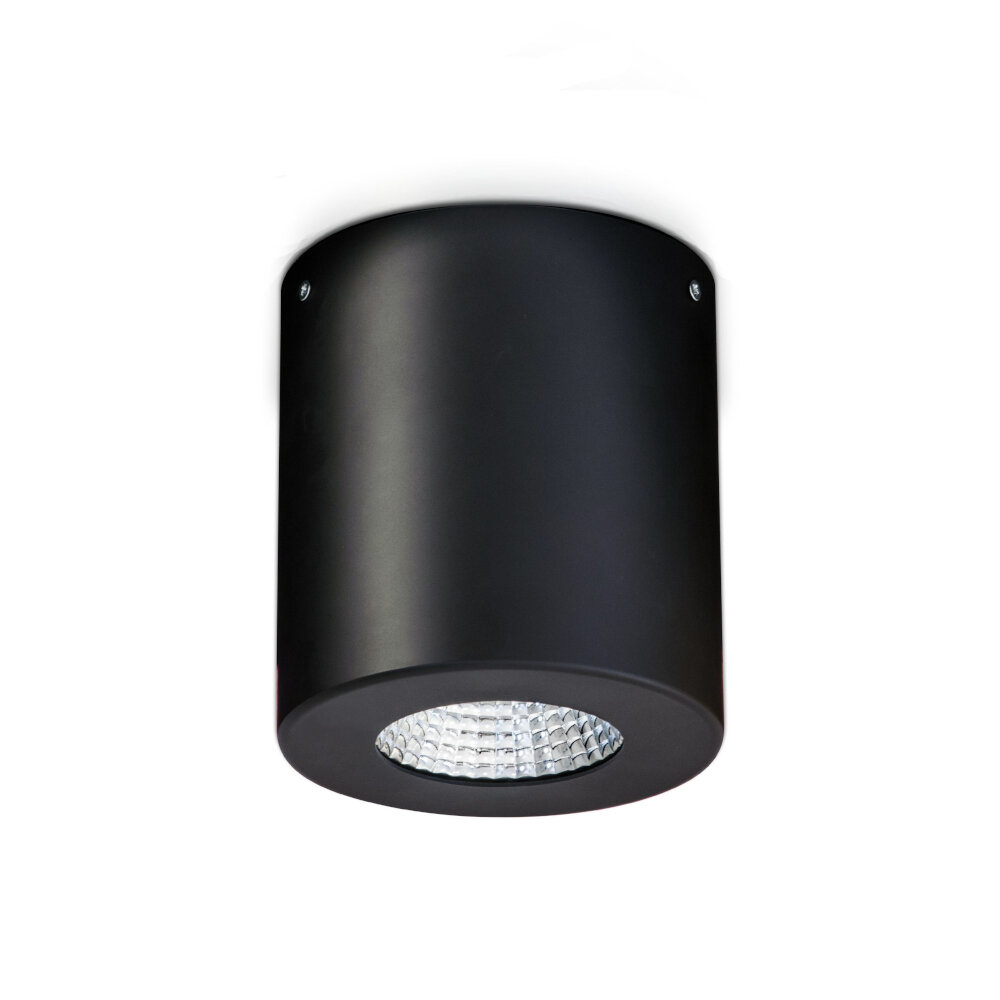
While light color plays a significant role in sleep quality, there are other factors that can affect it as well. One of these is noise. Loud and sudden sounds can disrupt sleep and cause the body to wake up. People who live in noisy areas or have loud roommates may benefit from using white noise machines, earplugs, or noise-cancelling headphones to help block out unwanted sounds. Temperature is also an essential factor in sleep quality. The ideal temperature for sleep is between 60 and 67 degrees Fahrenheit. A room that is too hot or too cold can make it difficult to fall asleep and stay asleep. Ensuring that the room is at a comfortable temperature can improve sleep quality significantly. Another factor that affects sleep quality is stress. When people are stressed, their bodies produce cortisol, a hormone that can keep them awake and alert. This can make it difficult to fall asleep and stay asleep. Practicing relaxation techniques, such as meditation, yoga, or deep breathing exercises, can help reduce stress levels and promote better sleep. Additionally, exercise can also help improve sleep quality. Regular physical activity can help reduce stress and anxiety, which can make it easier to fall asleep and stay asleep. However, it is essential to avoid exercising too close to bedtime, as this can actually make it harder to fall asleep.
Aside from LED light color, there are other factors that can significantly impact the quality of sleep, such as temperature and noise. Research shows that the ideal temperature for sleep is between 60 and 67 degrees Fahrenheit, as this range helps the body maintain its internal temperature and promotes deep sleep. Meanwhile, noise can also disrupt sleep patterns, with sounds ranging from traffic to snoring causing people to wake up multiple times during the night. To ensure a good night’s rest, it is crucial to create a sleep-conducive environment by regulating temperature and minimizing noise levels.
Creating an optimal sleep environment is essential for a good night’s rest. Firstly, ensure that your bedroom is cool, quiet, and dark. This means setting your thermostat to a comfortable temperature, using earplugs or a white noise machine to block out any disruptive sounds, and investing in blackout curtains or an eye mask to eliminate any unwanted light. Additionally, it’s important to choose the right lighting for your bedroom. Specifically, research has shown that blue or white light can disrupt your sleep cycle, while red or amber light is more conducive to relaxation and restful sleep. Consider using LED light bulbs with warm-colored hues, such as orange or yellow, to create a cozy and calming atmosphere that promotes rest and rejuvenation.
Getting a good night’s sleep is crucial for maintaining good health and wellbeing. It is during sleep that our bodies repair and rejuvenate, and lack of sleep can result in a range of negative health outcomes. The quality of our sleep is affected by various factors, including the environment we sleep in. One of the key factors affecting sleep quality is light. Exposure to bright light can disrupt our internal body clock and make it harder to fall asleep. However, LED lights can help improve sleep quality by emitting a warm, amber-colored light that is less disruptive to our circadian rhythm. By choosing the right LED light color, we can create a sleep-friendly environment that promotes restful sleep and better overall health.
In conclusion, choosing the right LED light color is crucial for a good night’s rest. Blue light should be avoided as it disrupts the circadian rhythm and suppresses melatonin production, making it difficult to fall asleep. Instead, warm and dimmer light colors like yellow, amber, and red are ideal for promoting relaxation and enhancing melatonin production. It is also important to consider the brightness level of the LED light and to use a dimmer switch or adjustable lamp to create a cozy and comfortable sleep environment. By being mindful of the LED light color and brightness in our bedroom, we can improve our sleep quality and wake up feeling refreshed and rejuvenated every morning.
Conclusion
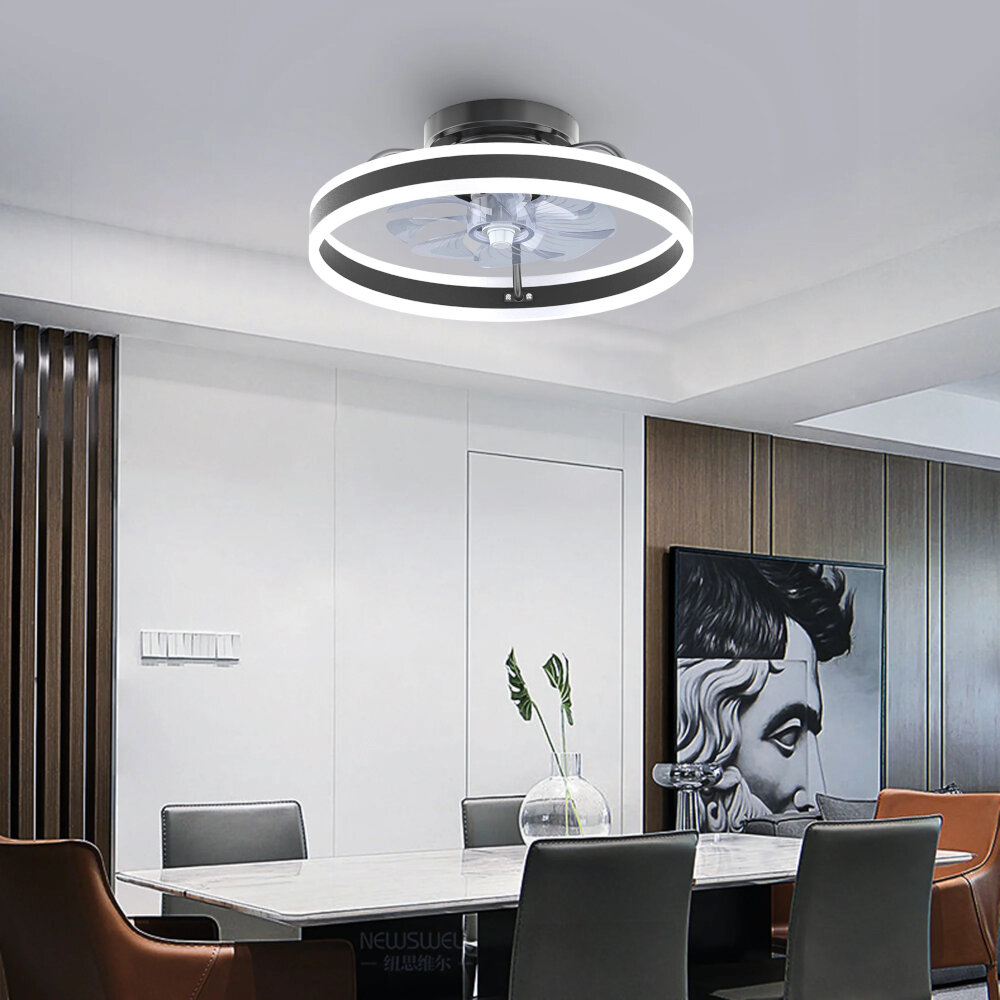
In conclusion, choosing the right LED light color can make a significant difference in the quality of our sleep. By opting for warmer hues such as yellow, orange or red, we can create a cozy and relaxing environment that promotes a restful night’s sleep. Conversely, cooler colors like blue or white can disrupt our natural sleep cycle and make it harder to fall asleep. It’s important to pay attention to the type of light we expose ourselves to, particularly in the evening hours, and make the necessary adjustments to ensure a good night’s rest. So, the next time you’re struggling to sleep, try changing the color of your LED lights and see the difference it can make.



